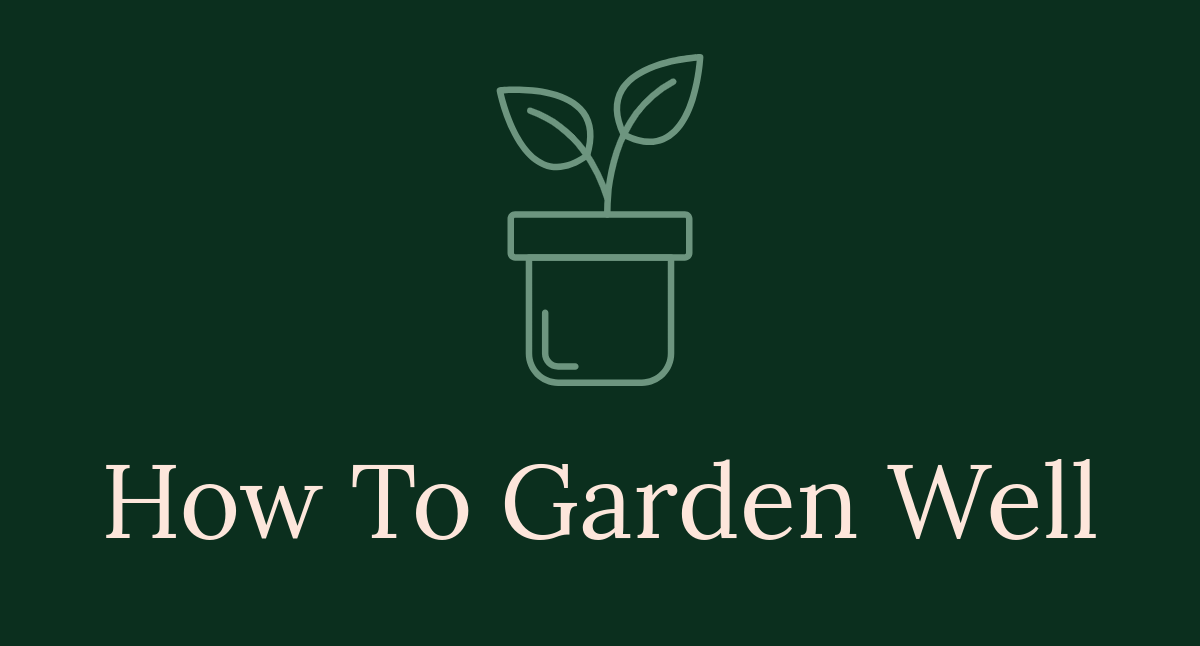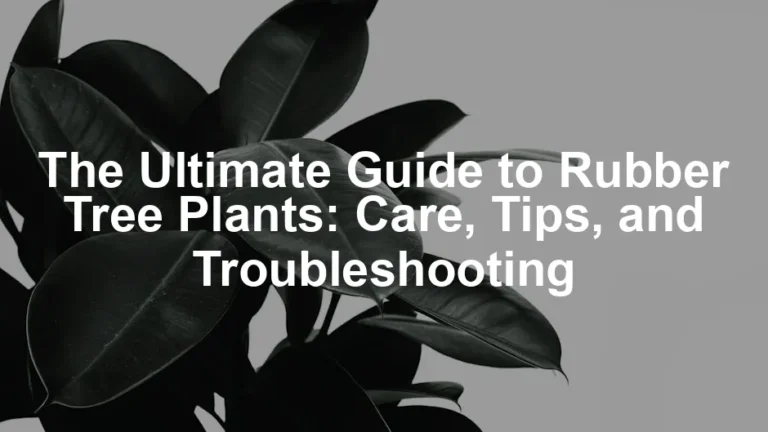
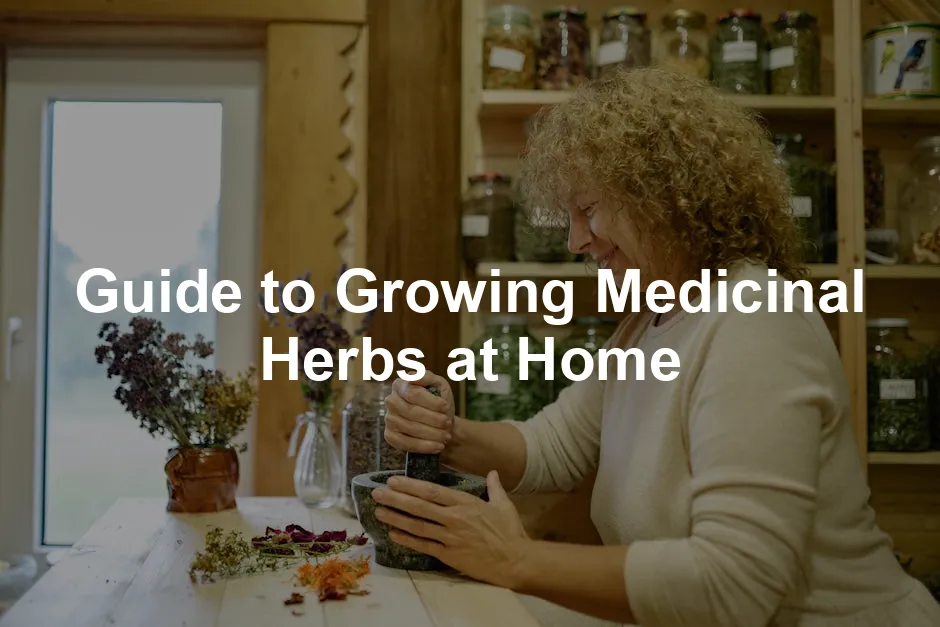
Guide to Growing Medicinal Herbs at Home
Introduction
Have you ever thought about growing medicinal herbs at home? It’s a fantastic way to achieve self-sufficiency in your health and wellness. Imagine stepping into your garden and picking fresh herbs for your tea, salves, or remedies. Sounds dreamy, right?
In recent years, more people have turned to natural remedies. With a growing interest in herbal medicine, cultivating your own medicinal plants empowers you. You gain control over what goes into your body, all while enjoying a fulfilling hobby.
So, why not roll up your sleeves and dig in? Whether you have a sprawling backyard or just a sunny windowsill, growing medicinal herbs is accessible for everyone. Let’s jump into the world of home herbal gardening, where nature meets nurturing.
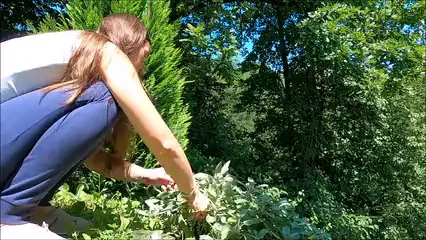
Understanding Medicinal Herbs
What Are Medicinal Herbs?
Medicinal herbs are plants valued for their healing properties. Historically, they have played an essential role in various cultures. Ancient Egyptians, Greeks, and Chinese civilizations all relied on herbs for their medicinal benefits.
From chamomile for soothing nerves to echinacea for immune support, these plants have been trusted allies in health. Each culture has its unique approach to using these herbs, often passed down through generations.
It’s fascinating how different traditions unite in their knowledge of nature’s pharmacy. This rich history adds depth to your gardening experience, turning your plants into powerful allies.
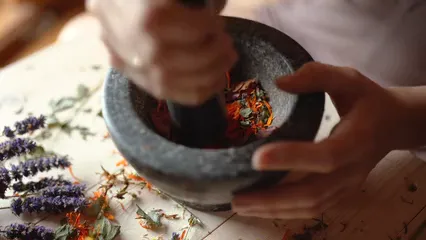
Benefits of Growing Your Own Medicinal Herbs
Growing your own medicinal herbs offers several perks. First, self-sufficiency is a significant benefit. Imagine saving money on store-bought remedies while knowing exactly what you’re consuming.
Next, there’s the undeniable connection to nature. Tending to plants can reduce stress and improve mental well-being. Plus, the satisfaction of nurturing something from seed to harvest is simply unmatched.
Finally, home-grown herbs are fresher and more potent than those found in stores. You’ll have access to the best quality right at your fingertips. So why wait? Start your herbal journey today for a healthier and happier you!

Getting Started
Assessing Your Space
Before planting, assess your available space. Are you working with a sunny windowsill or a spacious backyard? Each option has its unique considerations.
For indoor gardening, ensure your herbs receive adequate light. A south-facing window is ideal, but you can also use grow lights. This will keep your plants thriving, even in the darkest months.
If you’re heading outdoors, evaluate your garden’s sunlight exposure and soil quality. Most herbs love full sun, so choose a location that gets at least six hours of sunlight daily.
Consider your local climate too. Some herbs thrive in warmer conditions, while others prefer cooler temperatures. Understanding your environment will help you select the right herbs that will flourish in your space.
With a little thought and planning, you’ll be ready to embark on your herbal adventure. So grab your gardening gloves and prepare for the joy of growing your own medicinal herbs!
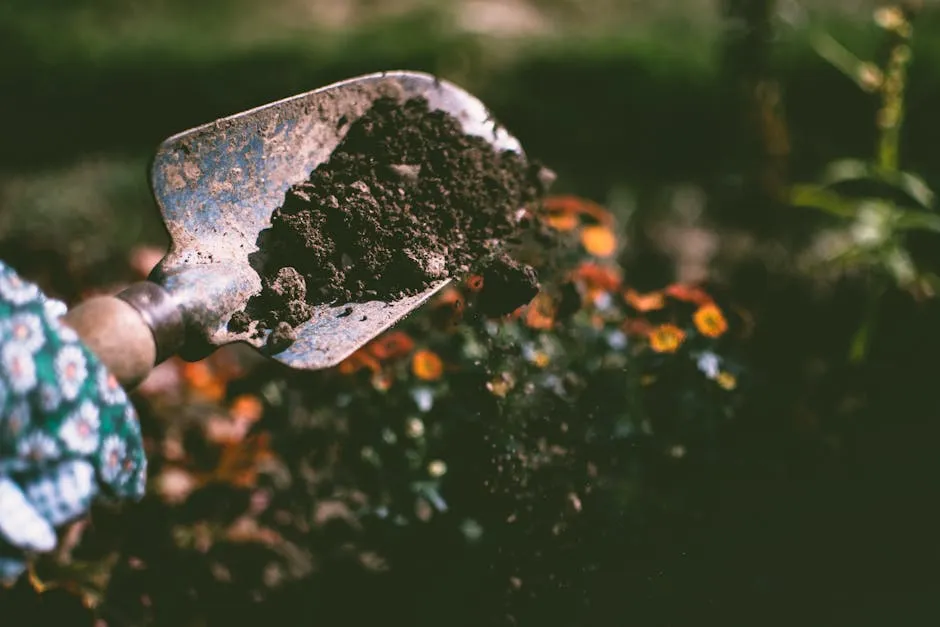
Choosing Your Herbs
Top Medicinal Herbs for Beginners
Starting your medicinal herb garden? Great choice! Here are some easy-to-grow herbs perfect for beginners:
- Chamomile: This lovely flower calms the nerves and helps with sleep. Plus, it self-seeds, making it easy to maintain! You can start with some chamomile seeds.
- Calendula: Known for its vibrant blooms, calendula soothes skin irritations and promotes healing. It’s a garden favorite! Check out some calendula seeds.
- Peppermint: This aromatic herb is great for digestion and freshening breath. Just be cautious; it can spread like wildfire!
- Borage: With its star-shaped flowers, borage is not only pretty but also helps reduce inflammation and promotes healthy skin.
- Holy Basil: This sacred herb aids in stress relief and overall wellness. It’s a must-have for any healing garden. Grab some holy basil seeds to get started!
- Lemon Balm: Bright and cheerful, lemon balm is perfect for soothing anxiety and enhancing mood. A refreshing addition to teas!
- Anise Hyssop: This herb has a sweet licorice flavor and supports digestion. It also attracts pollinators, making your garden lively.
- Echinacea: A powerhouse for boosting the immune system, echinacea is a favorite among herbalists. Plus, it’s stunning in bloom! Find some echinacea seeds for your garden.
- Catnip: More than just a treat for cats, this herb can help relieve headaches and promote relaxation. Who knew?
- Yarrow: Often used for wound healing, yarrow is a resilient perennial. Its feathery leaves add texture to your garden.
Each of these herbs has unique benefits, making them perfect companions in your home garden.
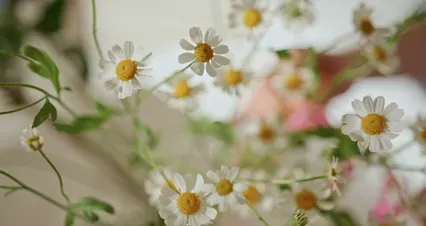
Setting Intentions for Your Garden
Before you grab your trowel, consider the purpose of your garden. Are you growing herbs for personal use, family health, or perhaps even a small business? Defining your intentions will guide your choices.
If it’s for personal use, focus on herbs you commonly use in cooking or remedies. For family health, think about specific ailments your loved ones face. If you’re eyeing a small business, consider growing popular herbs to sell at local markets.
By clarifying your goals, you’ll not only create a thriving garden but also nurture your passion for herbal healing!
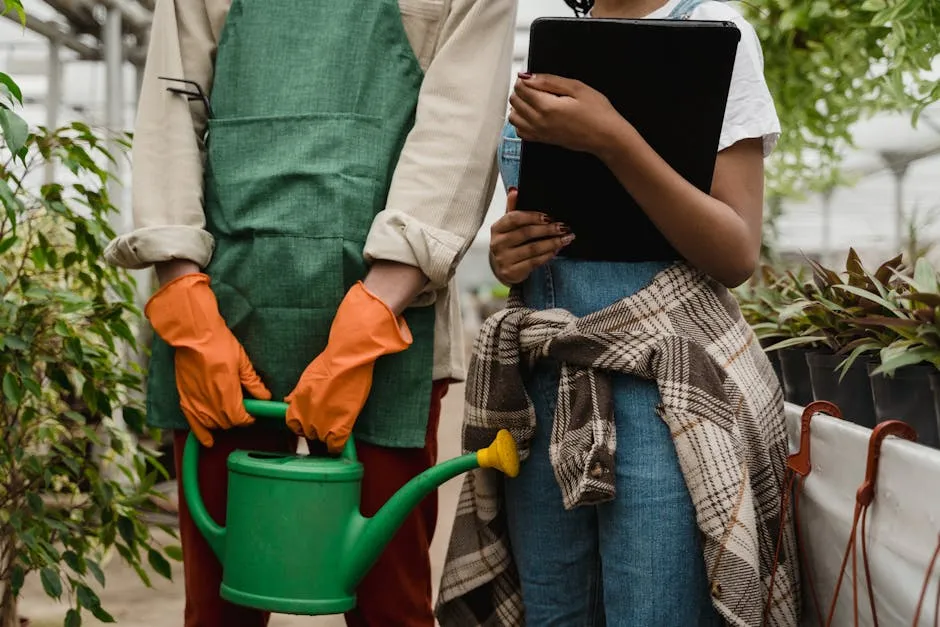
Caring for Your Medicinal Herbs
Watering and Fertilizing
Watering your medicinal herbs correctly is essential. Overwatering can lead to root rot, while underwatering can stress the plants. Aim for consistent moisture. Water deeply but less frequently. This encourages the roots to grow stronger and deeper.
How do you know when to water? Stick your finger in the soil. If the top inch feels dry, it’s time to water. Morning is the best time for watering. This allows the plants to soak up moisture before the sun gets too hot.
Now, let’s talk fertilizers. Organic options are the way to go. Compost is like magic for your herbs. It adds nutrients and improves soil structure. You can also use fish emulsion or worm castings. These are nutrient-rich and support the plants without harmful chemicals.
Remember, less is more! Over-fertilizing can lead to lush foliage but weak plants. Aim for a balanced approach, and your herbs will thrive.

Pest Management
Pests can be relentless in the garden. Common culprits include aphids, spider mites, and whiteflies. The best defense? Prevention and vigilance!
Start by keeping your garden clean. Remove any dead leaves or debris that can harbor pests. Regularly check your plants for any signs of trouble. Catching issues early makes them easier to handle.
When pests strike, natural solutions are your best friends. Insecticidal soap can be effective against soft-bodied insects. Neem oil is another go-to. It disrupts the life cycle of pests without harming beneficial insects.
Encourage beneficial bugs too! Ladybugs and lacewings love to munch on aphids. Planting flowers like marigolds can attract these helpful allies. Monitoring your plants regularly helps maintain their health and keeps pests at bay.

Pruning and Harvesting
Pruning is key for healthy growth. When should you prune? Aim for early spring or after the first harvest. Remove dead or yellowing leaves and trim back leggy growth. This encourages bushier plants and prevents overcrowding.
When it comes to harvesting, timing is everything! The best time to pick herbs is in the morning after the dew has dried. This helps preserve their essential oils, enhancing flavor and potency. Use sharp scissors or pruning shears for a clean cut. Avoid tearing the leaves, as this can stress the plant.
For herbs like basil and mint, harvest regularly to promote new growth. Aim to take only a third of the plant at a time. This ensures the plant remains healthy and productive. Always leave some leaves to continue the plant’s growth.
Follow these tips, and you’ll enjoy a bountiful harvest of medicinal herbs. Your garden will not only thrive but will also become a source of natural healing.

Indoor Herb Gardening
Creating a Suitable Environment
Growing herbs indoors can be rewarding, even if you think your thumbs aren’t as green as they should be. Start by assessing light needs. Most herbs crave sunlight, so a south-facing window is your best friend. If your home lacks natural light, consider investing in grow lights. They mimic sunlight, allowing your indoor herbs to flourish.
Temperature plays a crucial role too. Most herbs thrive in a cozy range of 60 to 80 degrees Fahrenheit. Avoid placing your plants near drafty windows or heating vents. They don’t like dramatic temperature swings any more than you do!
Humidity is another consideration. Indoor air can get quite dry, especially in winter. A little humidity can go a long way. Misting your herbs or using a small humidifier helps keep them happy.
Now, let’s talk herbs! Some indoor favorites include basil, which adds flavor to dishes, and thyme, a versatile companion for your culinary adventures. Mint is also a great choice, perfect for teas and cocktails. You could even grow rosemary, which not only smells amazing but also elevates any dish.

Utilizing Containers
Choosing the right container for your indoor herb garden can be fun! Look for pots that are the right size for your herbs. Small to medium pots work well for most herbs, allowing room for growth without being overwhelming.
Drainage is key! Ensure your containers have holes at the bottom to prevent water from pooling. Nobody wants soggy roots. A layer of gravel or stones at the bottom can enhance drainage further.
Soil selection is vital too. Opt for a well-draining potting mix, enriched with organic matter. This will keep your herbs nourished and thriving. You can even mix in some organic potting soil to boost the nutrient content.
With the right environment and containers, your indoor herb garden will be a vibrant space. Plus, the satisfaction of snipping fresh herbs for your meals is unbeatable. Happy gardening!

Harvesting and Using Your Medicinal Herbs
When to Harvest
Timing is everything when it comes to harvesting your medicinal herbs. Generally, the best time to harvest is in the morning after the dew has dried. This ensures that the essential oils, which hold the herbs’ benefits, are at their peak.
Different herbs have unique harvesting schedules. For example, basil can be harvested regularly—snip off the top leaves to encourage bushier growth. Mint? Feel free to harvest every few weeks. Just don’t go overboard; leave enough leaves for the plant to thrive.
For herbs like chamomile and echinacea, wait until they’re fully bloomed before picking. This ensures you’re getting the most potent medicinal benefits.

Preparing Herbs for Use
Once you’ve harvested your herbs, it’s time to prepare them for use. Drying is a popular method. You can hang bunches of herbs upside-down in a cool, dark place, allowing airflow to prevent mold. Alternatively, use a dehydrator for herbs for faster results.
Storing your dried herbs is equally important. Glass jars work well—label them for easy identification later. Keep them in a cool, dark cupboard. This will maintain their potency for months.
Now, let’s get practical! You can incorporate these herbs into daily life. Use chamomile to brew a calming tea, or create a peppermint tincture to aid digestion. Freshly harvested herbs can also be transformed into soothing salves. Just mix them with a carrier oil, heat gently, and strain. Voilà! You have a healing ointment at your fingertips.
With these tips, your journey into harvesting and utilizing medicinal herbs will be delightful and enriching. Each step brings you closer to a more natural and healthful lifestyle!
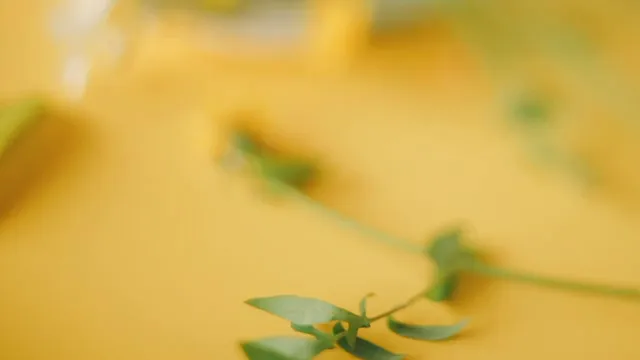
Conclusion
Growing medicinal herbs at home is a truly empowering journey. It’s about more than just having fresh ingredients at your fingertips; it’s about nurturing a connection to nature and self-sufficiency. As you embark on this green adventure, remember to start small. Choose a few herbs that pique your interest and suit your health needs.
Experiment with different growing techniques and take note of what works best for you. Whether it’s a sunny windowsill or a cozy corner of your garden, every little space can flourish with life. Embrace the process of nurturing your plants. Each sprout and bloom is a testament to your care and dedication.
So, grab your gardening apron and get started! Your health and wellness await, right outside your door. With patience and a sprinkle of love, your medicinal herb garden will thrive, bringing you joy and health for years to come.

FAQs
What are the easiest medicinal herbs to grow?
If you’re just starting, consider these beginner-friendly herbs: Chamomile: Great for relaxation and easy to grow. Peppermint: Invigorating and can thrive in various conditions. Calendula: Bright flowers that soothe the skin. Borage: Beautiful blooms that help with inflammation. Holy Basil: A stress-reliever that’s simple to cultivate. These herbs require minimal care and reward you with great benefits.
How do I know which herbs to plant?
Assess your personal health needs. Think about issues you face regularly, like digestive problems or anxiety. Research the herbs that can help you with these concerns. Also, consider your culinary interests—growing herbs you frequently use in cooking can be both practical and delightful.
Can I grow medicinal herbs in pots?
Absolutely! Container gardening is perfect for small spaces. Choose pots with good drainage and the right size for your herbs. Use a quality potting mix and ensure they receive adequate sunlight. Herbs like basil, mint, and chives thrive well in containers, making them perfect for your indoor or balcony garden.
What should I do if my herbs don’t thrive?
First, check for common issues like overwatering or insufficient light. Ensure your herbs are getting the right amount of sunlight—most need at least six hours a day. Look for signs of pests or diseases, and address them promptly. Sometimes, simply adjusting their environment can work wonders.
Are there any safety considerations with medicinal herbs?
Yes! Some herbs can be toxic if misused. Research each herb thoroughly before consumption, especially if you’re pregnant, nursing, or have existing health conditions. Always consult reputable sources or a healthcare professional if you’re unsure. Knowledge is the best way to ensure safety while enjoying your herbal journey.
Please let us know what you think about our content by leaving a comment down below!
Thank you for reading till here 🙂
All images from Pexels
